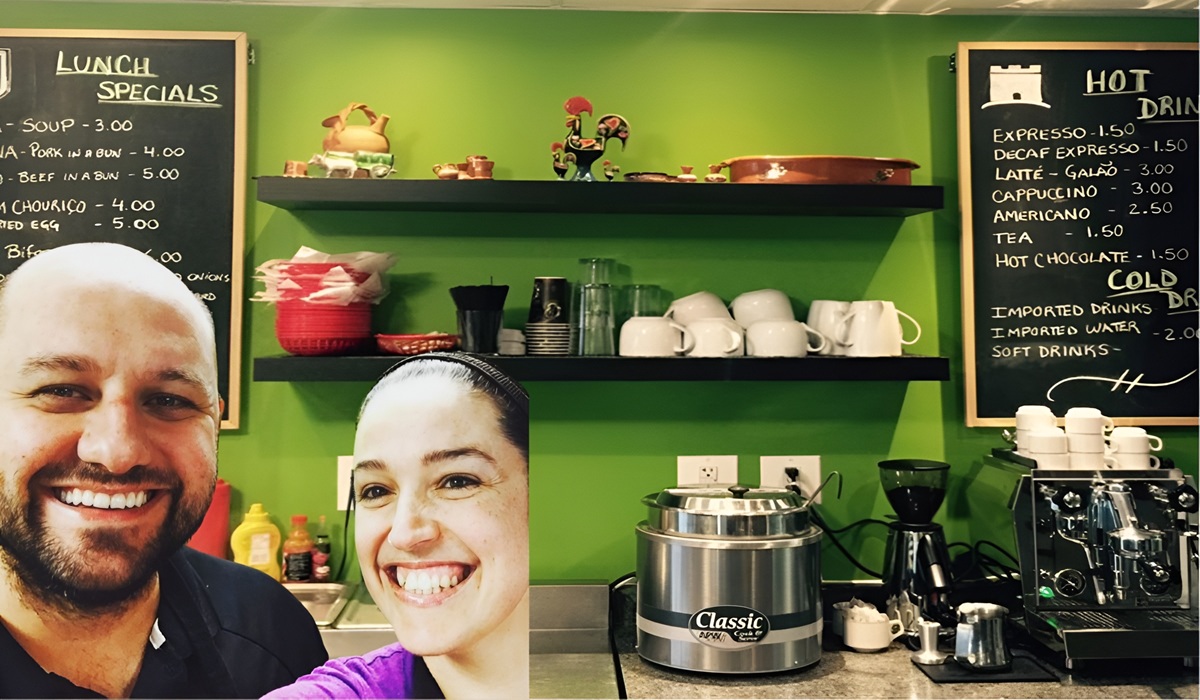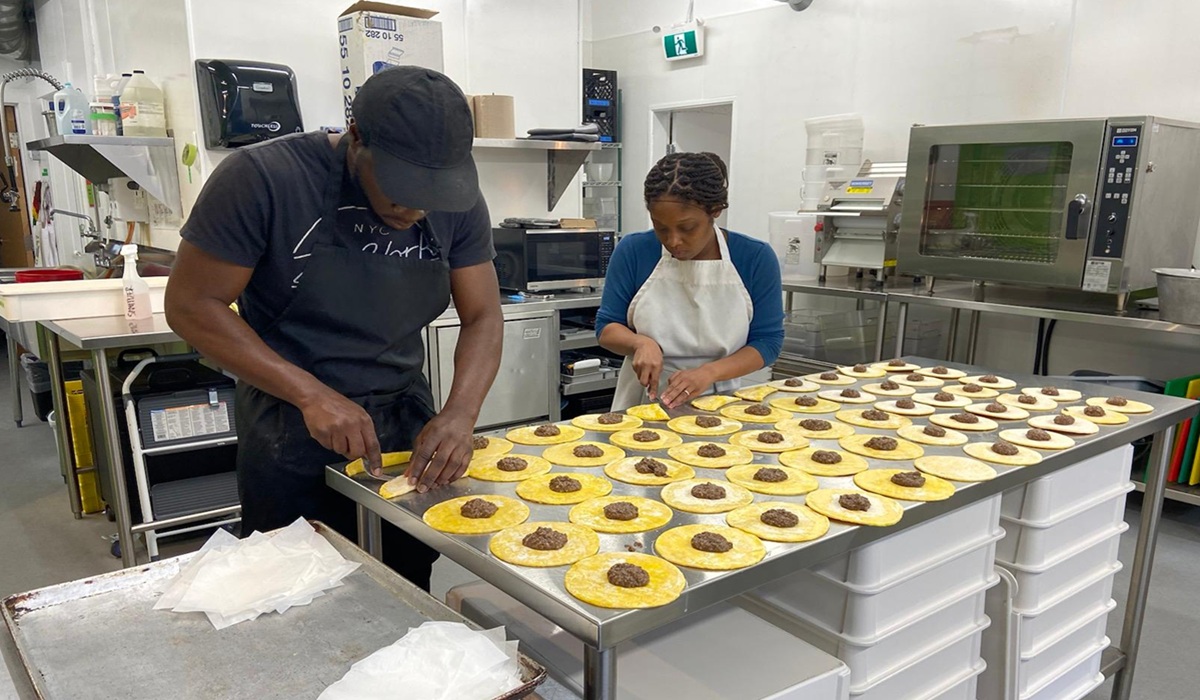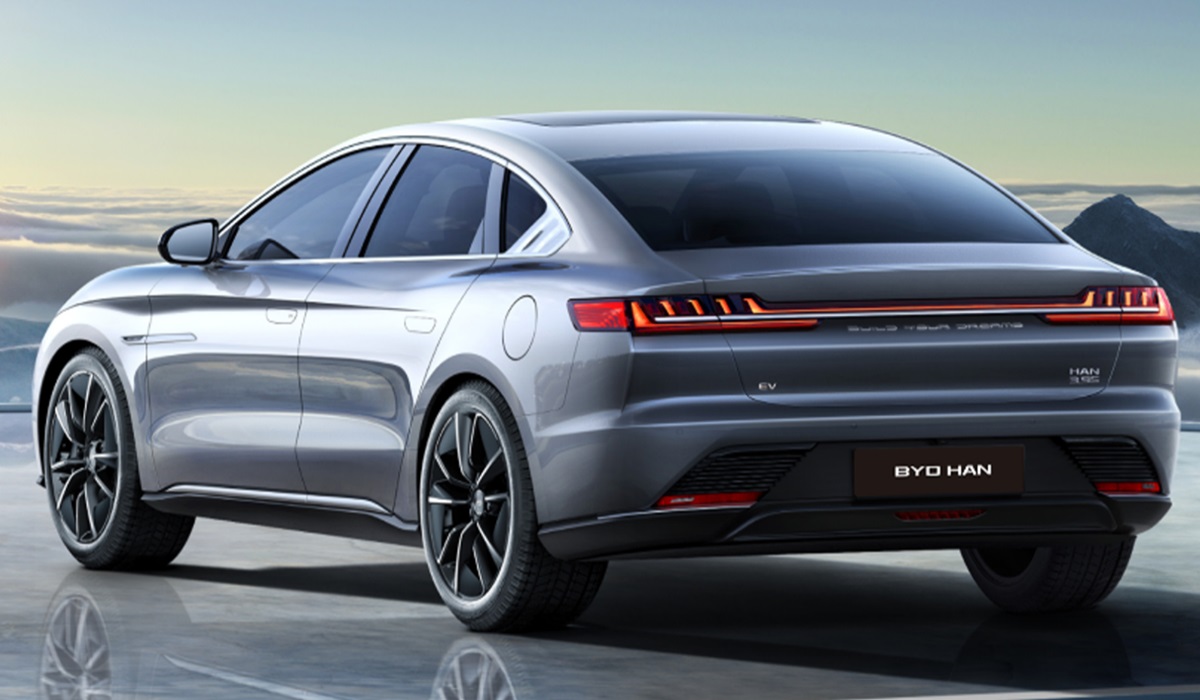Hisense Joins the Titans: Standing Tall Beside Sony, Samsung, and LG
- TDS News
- Business
- Trending News
- May 1, 2025
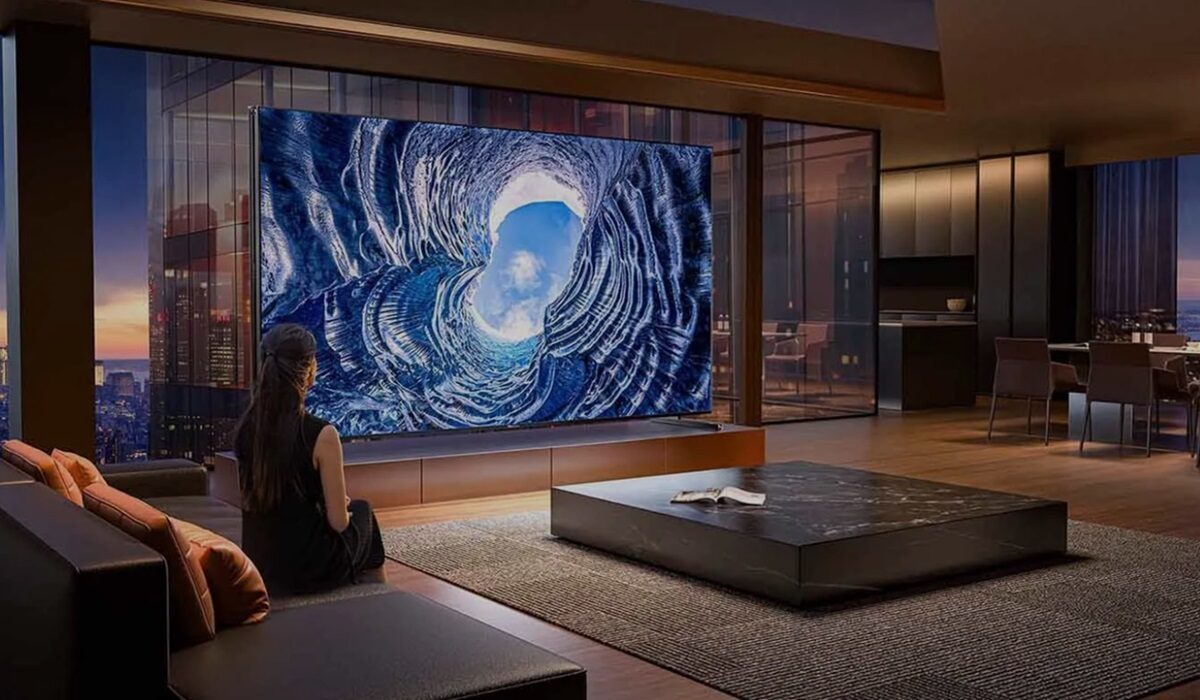
Feature image credit, Hisense
From a modest beginning as a state-owned radio factory in Qingdao, China, in 1969, Hisense has climbed the industrial ladder to become one of the most formidable players in the global marketplace. Today, it is a name synonymous with home appliances, smart electronics, commercial solutions, and cutting-edge innovation. The journey from making transistor radios to leading the global appliance race is nothing short of a corporate odyssey.
The brand’s ascent didn’t happen by accident. It was powered by relentless ambition, strategic foresight, and a willingness to disrupt stagnant industries. While many companies hesitated to expand beyond their comfort zones, this one embraced globalization with both arms—making smart acquisitions, investing heavily in research and development, and constantly pushing the limits of what its products could do.
One of the boldest moves was acquiring GE Appliances in 2016. With this single transaction, the company gained an immediate foothold in North America, a market notoriously loyal to legacy brands. GE brought with it more than just name recognition; it brought infrastructure, distribution channels, and generations of consumer trust. Years earlier, the acquisition of Sanyo’s television operations further strengthened manufacturing capabilities and broadened its reach into Latin American and Asian markets.
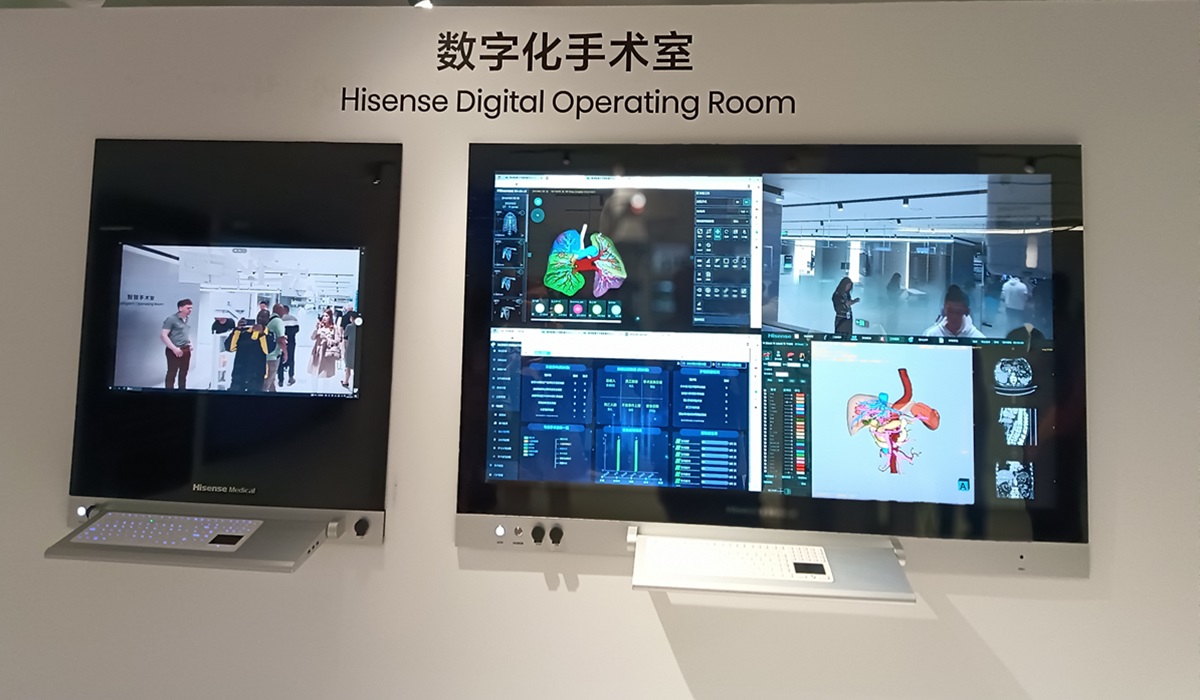
These acquisitions were not just about volume. They were a masterclass in leveraging legacy assets to fuel modern growth. With each purchase, the company absorbed decades of engineering know-how and brand equity, then reinvented it through its own forward-thinking lens. The results are evident in nearly every product category they touch.
In the home, the brand has redefined what quality and value look like. Its ultra-HD televisions rival the biggest names in the business for clarity, contrast, and connectivity. Its refrigerators and washers are lauded for energy efficiency and longevity. Whether you’re looking at a high-end laser projector or a compact apartment-sized air conditioner, the consistent thread is quality—solid build, elegant design, and exceptional performance.
At a time when many competitors have been accused of cutting corners, this company built its reputation on doing the opposite. Products are rigorously tested, manufactured in high-tech facilities, and supported by a service infrastructure that has rapidly matured in pace with its international expansion. The level of quality control is nothing short of uncompromising, and it’s what has won over customers from São Paulo to Stockholm.
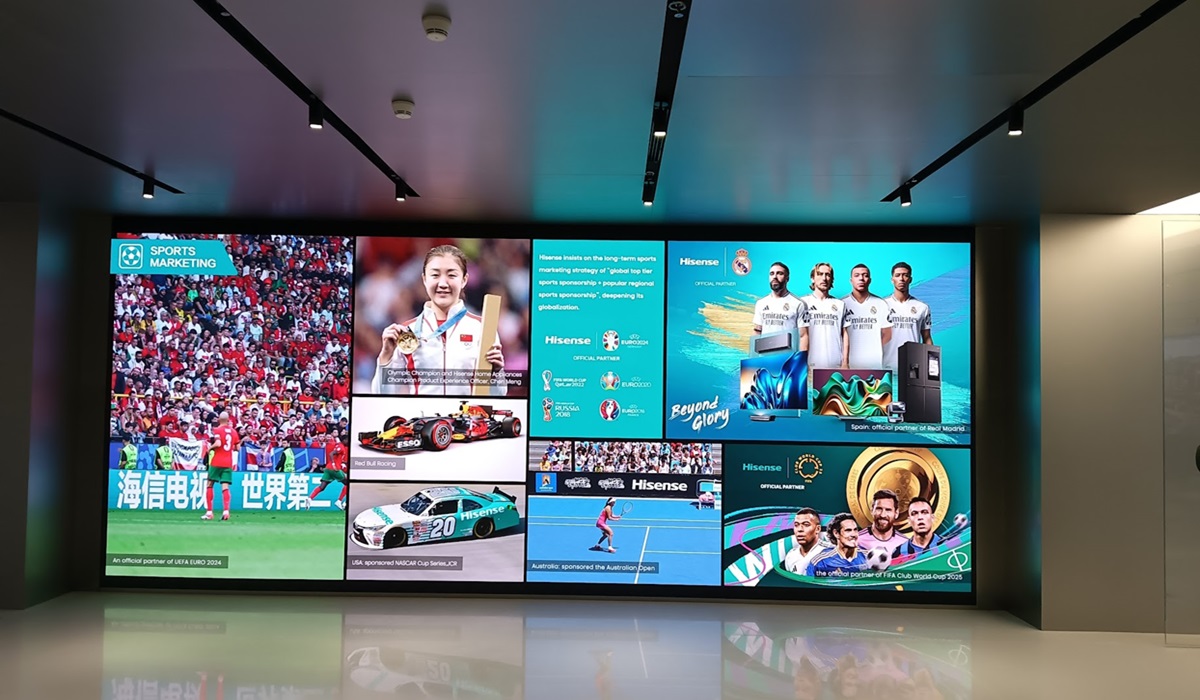
But the home is only one part of the empire. In the industrial sector, its HVAC systems power massive commercial buildings and critical infrastructure across the globe. In the medical space, its imaging equipment—used in diagnostics and surgical settings—is becoming increasingly trusted in both emerging and developed economies. The brand has even made a move into the automotive industry, developing in-vehicle infotainment systems and display panels that are already being integrated into electric and smart vehicles.
The common thread across all these industries is an aggressive investment in research and development. More than 5% of annual revenue is funneled into R&D efforts spanning artificial intelligence, user interface design, hardware efficiency, and sustainability. With research centers in the United States, Germany, Israel, Japan, and Australia, the company is not merely keeping up with the curve—it’s aiming to redraw it.
This scientific ambition is most evident in their line of laser televisions and smart home systems. The former combines cinematic brilliance with energy-saving technology. The latter offers seamless integration between devices, enabling users to control lights, temperature, security, and entertainment through a single ecosystem. The smart home of tomorrow is already here—and this brand is powering it.
Headquartered in Qingdao, the company’s global operations now span over 160 countries and regions. Its manufacturing bases are spread across China, South Africa, Europe, and the Americas. What began as a domestic venture has transformed into a globally recognized symbol of technological resilience and innovation.
Brand visibility has played a crucial role in this transformation. Through partnerships with international sports events—like the FIFA World Cup and the UEFA European Championships—the brand has placed itself squarely in the public eye. These sponsorships have not only boosted awareness but also reinforced an image of excellence and high performance.
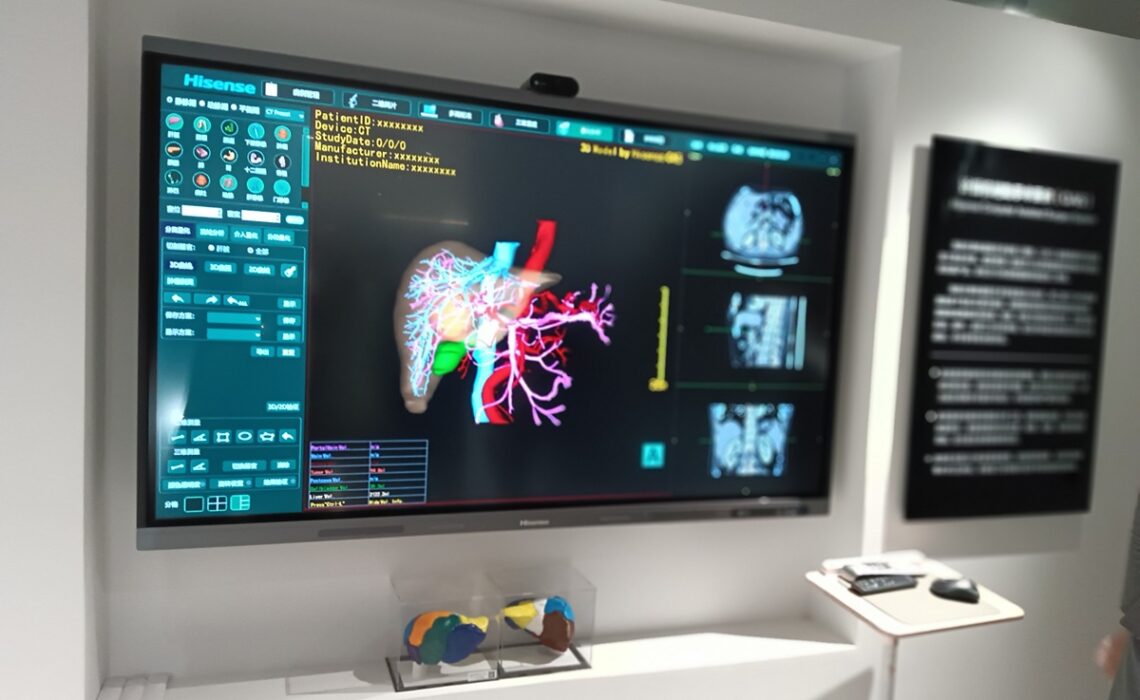
Yet, the most impressive part of this story is what lies ahead. The company is doubling down on energy-efficient products, artificial intelligence, and smart automation. Future plans include expanding its footprint in Africa and Latin America, regions ripe with demand for durable, cost-effective technology. As global supply chains become more complex and consumers more discerning, its vertically integrated model and innovation-first mindset give it a serious edge.
There’s a reason why analysts and industry insiders now place Hisense in the same breath as Samsung, LG, and Sony. It has not only earned its seat at the table—it’s now carving out the menu. From home comfort to industrial-grade reliability, from stunning visual tech to life-saving medical gear, the company has become a force that no competitor can afford to ignore.
While many others look to the past for validation, this brand is obsessed with the future. Whether it’s next-gen smart TVs, commercial-grade cooling systems, or medical imaging that saves lives, it approaches every challenge with the same guiding philosophy: innovation backed by integrity, and expansion fueled by excellence.
So what does the future hold for Hisense? Simply put—more. More countries, more categories, more breakthroughs. With a proven track record and a global infrastructure already in place, it is not just poised for the next chapter—it’s writing it in real time.




